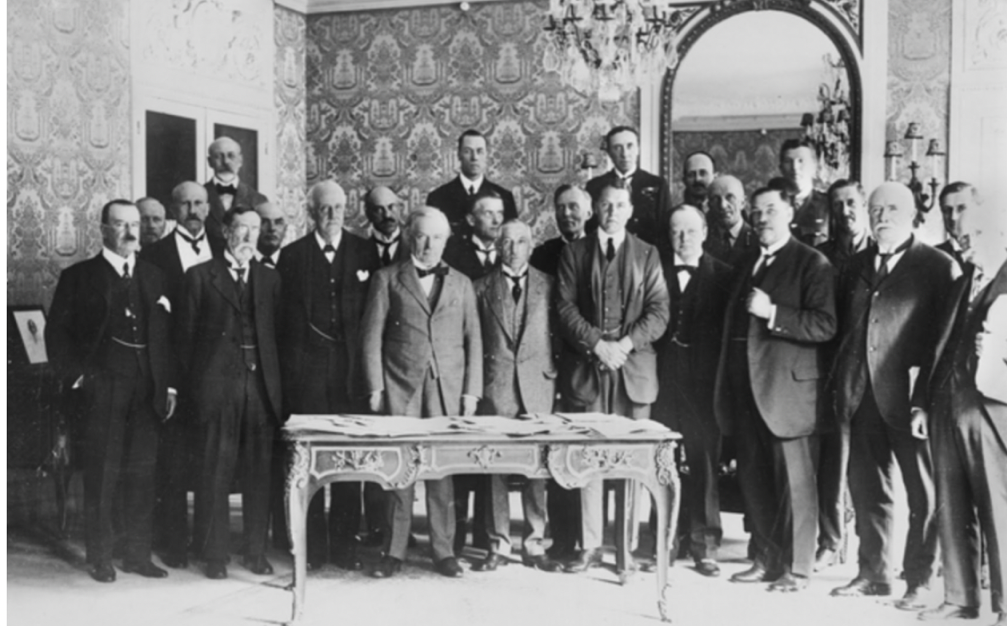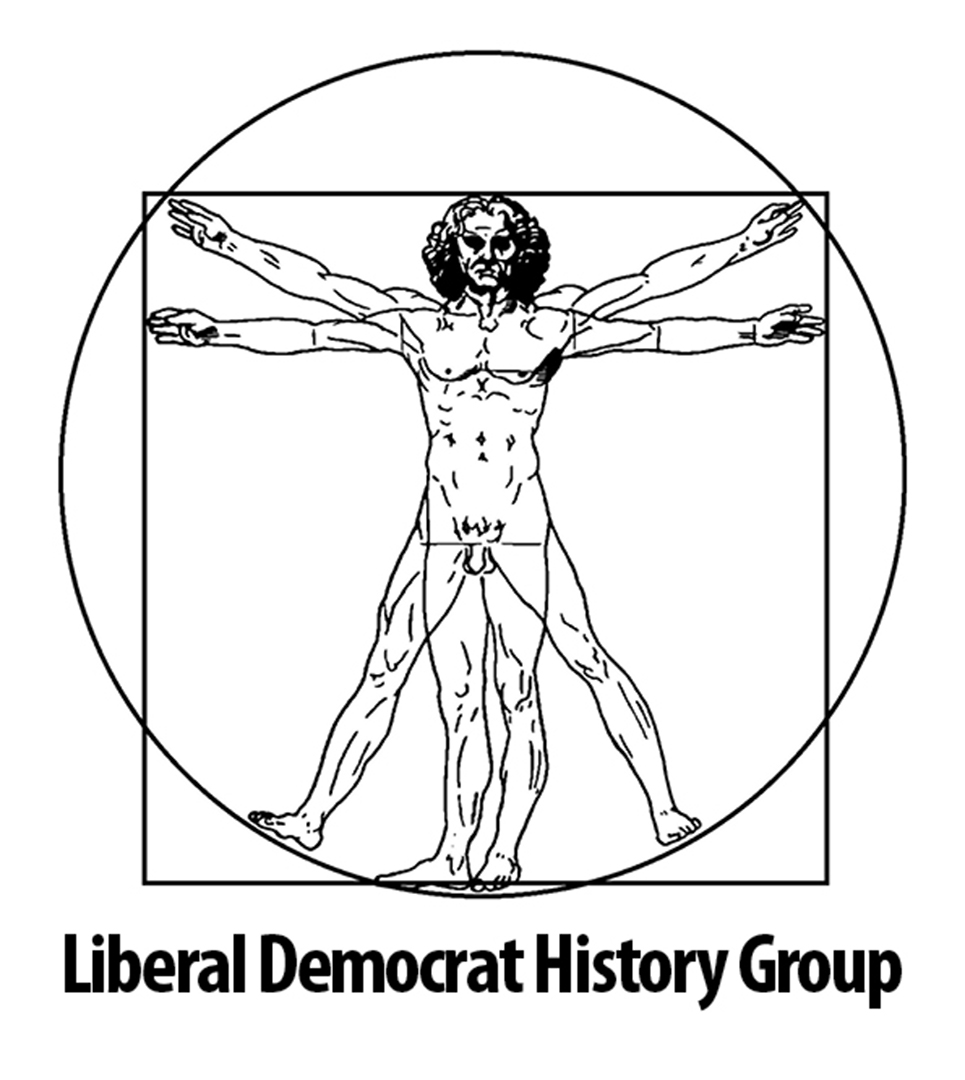As a cabinet minister in Gladstone’s second government he was frustrated by its lack of ambition in domestic policy and by what he saw as the obstruction of the Whigs. He was also worried by the first stirrings of socialism among the working classes and the enthusiasm generated by the land taxation ideas of Henry George. To Chamberlain, it was obvious that Liberalism needed a radical new programme, a view that was reinforced by the prospect of a larger working class electorate following the third Reform Act.
Chamberlain’s acerbic tongue undermined his initial efforts to stimulate debate through public speeches and, as he reluctantly acknowledged, quickly hit the limits imposed by collective cabinet responsibility.
He turned instead to the Fortnightly Review, persuading the editor, T. H. S. Escott, to commission a series of anonymous articles published over seven months from July 1883 and supplemented by three more in May 1884 and July 1885. These articles were collected together and published as a book entitled The Radical Programme in July 1885.
Chamberlain contributed only one article himself, on Labourers and Artisans Dwellings but supervised the whole project, bringing in close allies to write the pieces, drawing on Chamberlain’s past speeches. Escott contributed the more general essays, John Morley wrote on Religious Equality, Jesse Collings on The Agricultural Labourer, Frank Harris on The Housing of the Poor in Towns and Francis Adams, the ex-Secretary of the National Education League, contributed articles on education and taxation. The series was rounded out by a scheme for English and Irish local government.
The main components of the Radical Programme were
– The disestablishment and disendowment of the Church of England to create religious equality.
– Free schools, to be funded at least in part by the endowments of the Anglican Church.
– Reformed local government including elected county councils and separate councils for London matching the parliamentary constituencies with a limited overall metropolitan authority. Elected local government was to open the way for other reforms such as temperance. For Ireland, the plans were supplemented by proposals made to the cabinet for an elected central board to sit in Dublin.
– Slum clearance through compulsory purchase powers for local government and powers to direct landlords to make improvements.
– Three acres and a cow Compulsory purchase powers for rural authorities to buy land for the creation of small holdings for peasant proprietors.
– Graduated income tax taxation, on equitable principles, for objects which the nation approves, cannot be on too liberal a scale.
– Reformed local rates to take account of the rental value of properties.
– Manhood suffrage in equal sized constituencies with MPs paid by their constituents.
Having refined the product it was time to turn again to marketing. In January 1885, Chamberlain began a campaign of a further sixteen speeches. The key to the Radical Programme was to be found in a speech he made in Ipswich: The community as a whole, co-operating for the benefit of all, may do something . . . to make the life of all its citizens, and above all, the poorest of them, somewhat better, somewhat nobler, somewhat happier. Radicals were no longer satisfied merely to remove shackles to individual effort but, as Escott wrote in the introduction to the book, The Radical Programme proposed the intervention of the state on behalf of the weak against the strong, in the interests of labour against capital, of want and suffering against luxury and ease.
The truly radical element of the programme was this intention to use the government for constructive intervention rather than the details of a modest expansion in municipal authority. But to understand the shock created at the time we need to turn to Chamberlain’s bitter sound bite at Birmingham on 5th January 1885:
. . . Private ownership has taken the place of these communal rights and this system has become so sanctioned by law and custom, that it might be very difficult and perhaps impossible to reverse. But then I ask, what ransom will property pay for the security which it enjoys. What substitute will it find for the natural rights it has ceased to recognise?
His later use of insurance instead of ransom was too late to prevent him damaging his relations with the Queen and his cabinet colleagues. In tribute to the Radical Programme, the official Liberal Manifesto, when it appeared, was longer and more detailed than its predecessors but its contents owed little to the ideas of Radical Joe. Speaking for the Whigs, George Goschen disowned Chamberlain’s speeches as an Unauthorised Programme while Lord Hartington asserted to the Queen that Chamberlain’s language almost amounted to socialism. Although Chamberlain was more than ready to accept and proclaim both allegations, the 1885 general election produced a hung parliament rather than the overwhelming majority for which the Radicals campaigned. Chamberlain’s break with the Liberals over Home Rule left his programme without its chief salesman and found Chamberlain in alliance with Goschen and Hartington as fellow Liberal Unionists.
Tony Little is a pension fund manager and has been a student of Victorian politics for more than thirty years. He is Chairman of the Liberal History Group.

Journal of Liberal History
For the discussion and research of Liberal, Liberal Democrat and SDP history
Developed and hosted by Prater Raines
